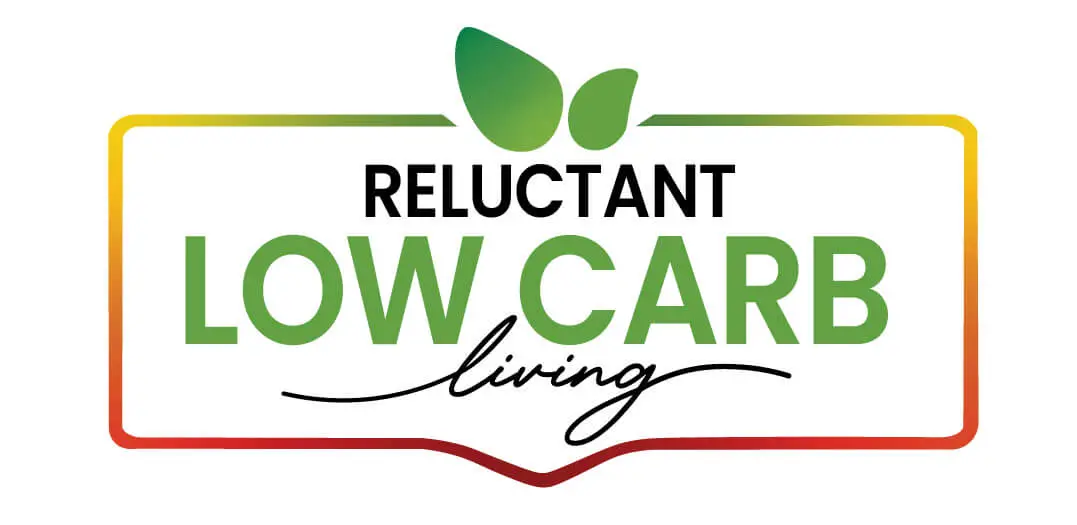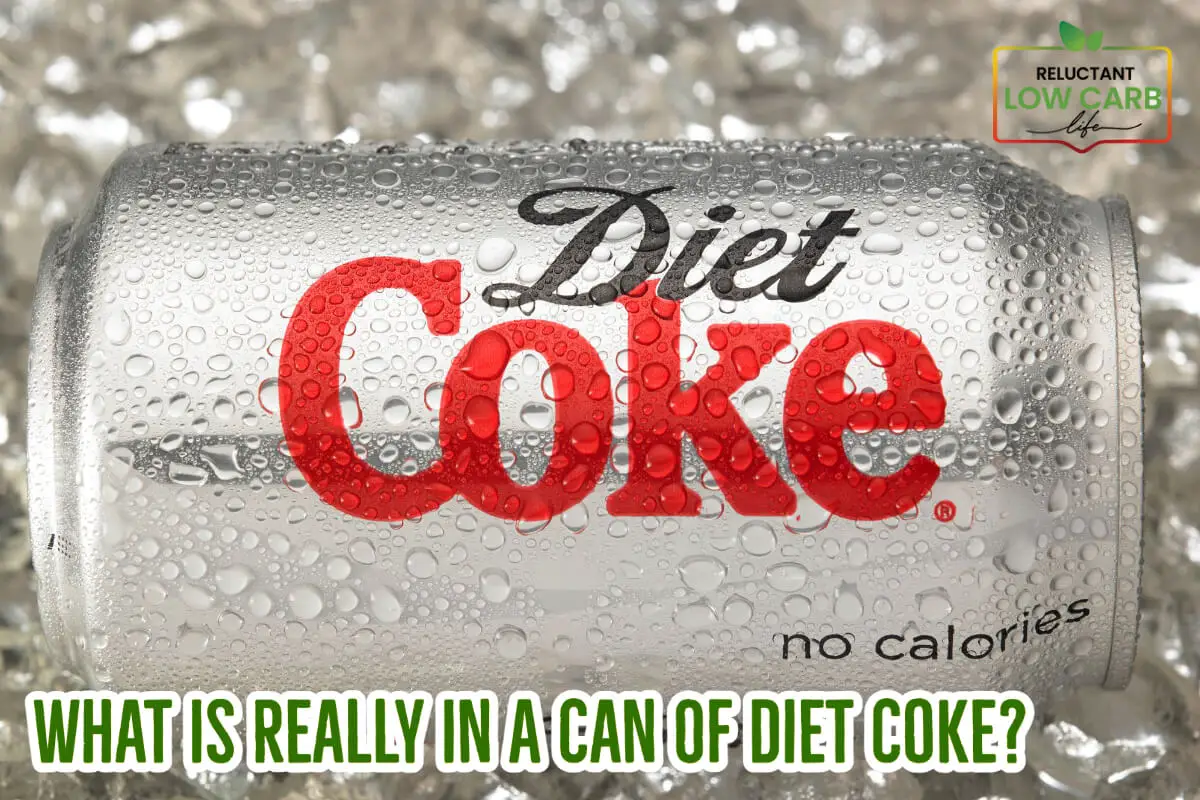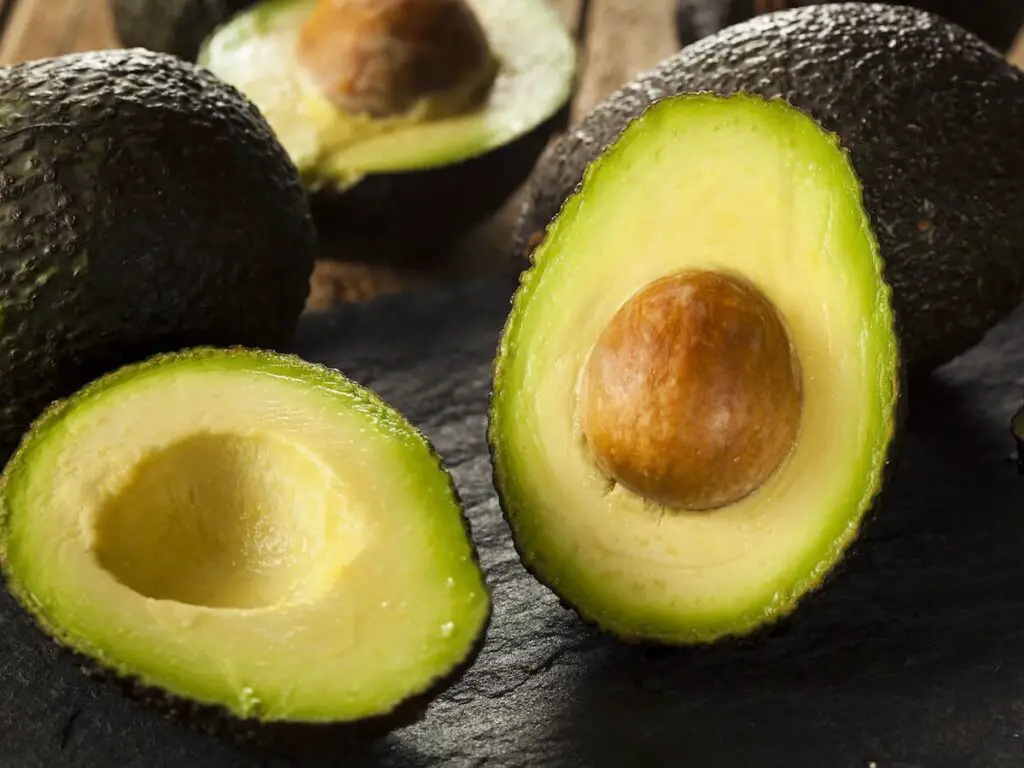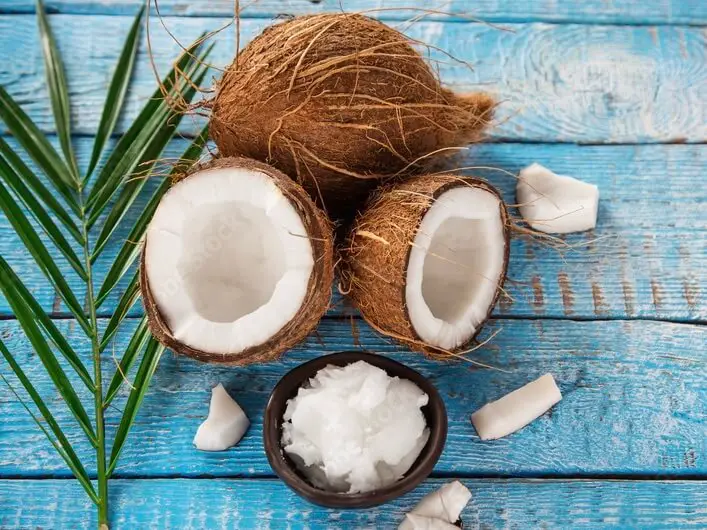For years, the silver sheen of a Diet Coke can had been a comforting sight. Like a beacon amidst the clutter of my day, it always promised a familiar experience, a guaranteed flavor, and a consistent hit of effervescence. The ritual was embedded in the fabric of my daily life, as it is for countless others, seeking respite in its sugar-free promise. But I was taken aback as I began peering behind that promise’s curtain.
The moment of reckoning occurred quite unexpectedly, an offhand comment about Diet Coke’s ingredients made by a friend. “Have you ever thought about what’s in that can?” he’d said, and I realized I hadn’t in all those years of consumption. I’d never ventured past the label, the familiar brand name, and its comforting allure.
Table of Contents
Ingredients Of Diet Coke Revealed
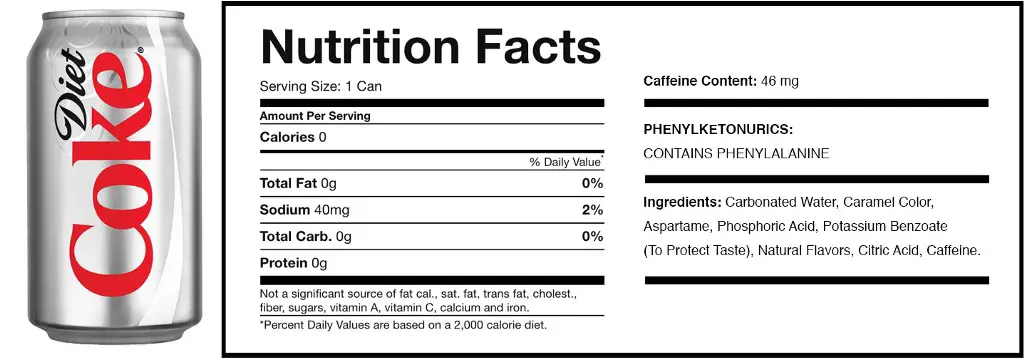
We will examine the ingredients of Diet Coke in the sequence they are listed on the can. While some of these ingredients are benign, many are not and fall under ultra-processed foods.
Carbonated Water
Carbonated water, also widely known as soda water, sparkling water, fizzy water, or club soda, and often referred to as mineral water in various regions or as seltzer or seltzer water, particularly in the United States, is simply water infused with carbon dioxide gas.
This gas can either be introduced artificially under pressure or occur naturally due to geological activity. It introduces carbon dioxide and forms tiny bubbles, giving the water its characteristic effervescence.
This type of water comes in different forms, including naturally sparkling mineral water, club soda, and commercially produced sparkling water. At its core, carbonated water is just water with added bubbles.
Caramel Color
Caramel color is produced by heating a sugar compound, often high-dextrose corn syrup, in conjunction with ammonium compounds, acids, or alkalis. It’s the most commonly used food and beverage coloring by weight, offering a color spectrum from tannish-yellow to black, contingent on the concentration and the food in which it’s used.
Caramel coloring can be employed to imitate the appearance of cocoa in baked goods, enhance the visual appeal of meats and gravies, and deepen the color of soft drinks and beer.
Diet Coke uses caramel coloring, but there is a question as to what kind, as there are several kinds of caramel colorings used in foods, particularly sodas.
The Center For Science in the Public Interest said this about Cararmel Flavorings:
Caramel coloring, when produced with ammonia, contains contaminants, 2-methylimidazole and 4-methylimidazole. In 2007, studies by the U.S. National Toxicology Program found that those two contaminants cause cancer in male and female mice and possibly in female rats. In 2011, the International Agency for Research on Cancer, a division of the World Health Organization, concluded that 2- and 4-methylimidazole are “possibly carcinogenic to humans.” Then, the State of California’s Environmental Protection Agency listed ammonia-caramel coloring as a carcinogen under the state’s Proposition 65. The state lists chemicals when they pose a lifetime risk of at least 1 cancer per 100,000 people.
Center For Science In The Public Interest
Caramel Coloring has been associated with an increased risk of cancer. In California, Diet Coke and other Coke products have stopped using these potentially harmful colorings containing 2- and 4-methylimidazole.
However, such colorings might persist in other parts of the world or states.
While caramel coloring doesn’t guarantee cancer development, studies have indicated it can contribute to the risk. Since this substance is the second ingredient in Diet Coke, it is prudent to avoid such beverages.
Aspartame
Aspartame, a substance that’s around 200 times sweeter than ordinary table sugar, was discovered in 1965 by American chemist James Schlatter. It was approved by the U.S. Food and Drug Administration in 1974 to be used as a sweetener for table use and as an ingredient in products such as soda, chewing gum, breakfast cereals, and dry food bases.
More than ninety countries, including the UK, Spain, France, Italy, Denmark, Germany, Australia, and New Zealand, have examined aspartame and deemed it safe for human consumption, permitting its use.
While the FDA sets the acceptable daily intake (ADI) for aspartame at 50 milligrams per kilogram of body weight per day, the European regulatory body suggests a marginally lower ADI at 40 mg/kg/day.
However, the critical concern isn’t simply whether it’s safe. Like caramel coloring, introducing such substances into your body involves consuming ingredients that are essentially chemicals rather than traditional food components.
Phosphoric Acid
Phosphoric acid and its derivatives comprise 25% of all the acids used in food industries. Its primary application is within the soft drink sector, notably in cola and root beer beverages. Phosphoric acid serves as an acidulant, imparting a distinctive tart note to the flavor profile of these products.
Frequent consumption of cola beverages has been linked to reduced bone mineral density (BMD) in women. This has significant public health implications, given the popularity of cola drinks and the strong association between BMD and the risk of fractures.
While the precise impact of phosphoric acid in cola drinks on reduced BMD is unclear, studies have indicated that phosphoric acid can disrupt calcium absorption and contribute to imbalances leading to further calcium loss.
So, in other words, consuming a lot of diet cokes or other soft drinks can affect your bones, especially as a woman. You may find your bone density is impacted over the long term.
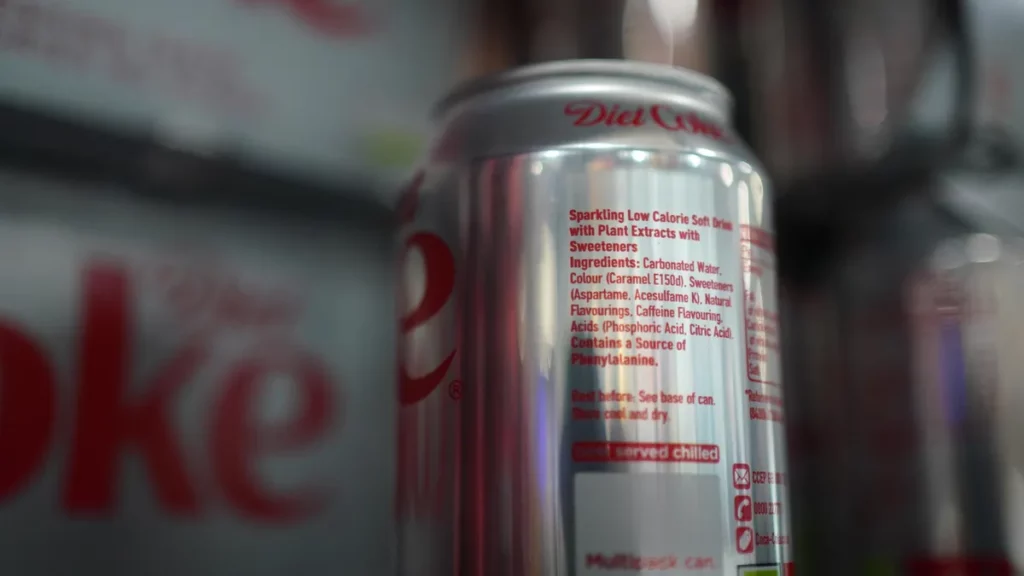
Potassium Benzoate (To Protect Taste)
Potassium benzoate is a preservative that extends the shelf life of various packaged foods and beauty and skincare products.
Generally deemed safe when consumed in minimal quantities, it can cause allergic reactions in some individuals. Further research is necessary to ascertain if it elevates the risk of ADHD or cancer.
Despite the low likelihood of harm from small amounts of potassium benzoate, the foods containing it are typically heavily processed. Therefore, it’s advisable to limit the consumption of these foods, irrespective of their potassium benzoate content.
Again, the concern lies in introducing a chemical that isn’t a food component into your body.
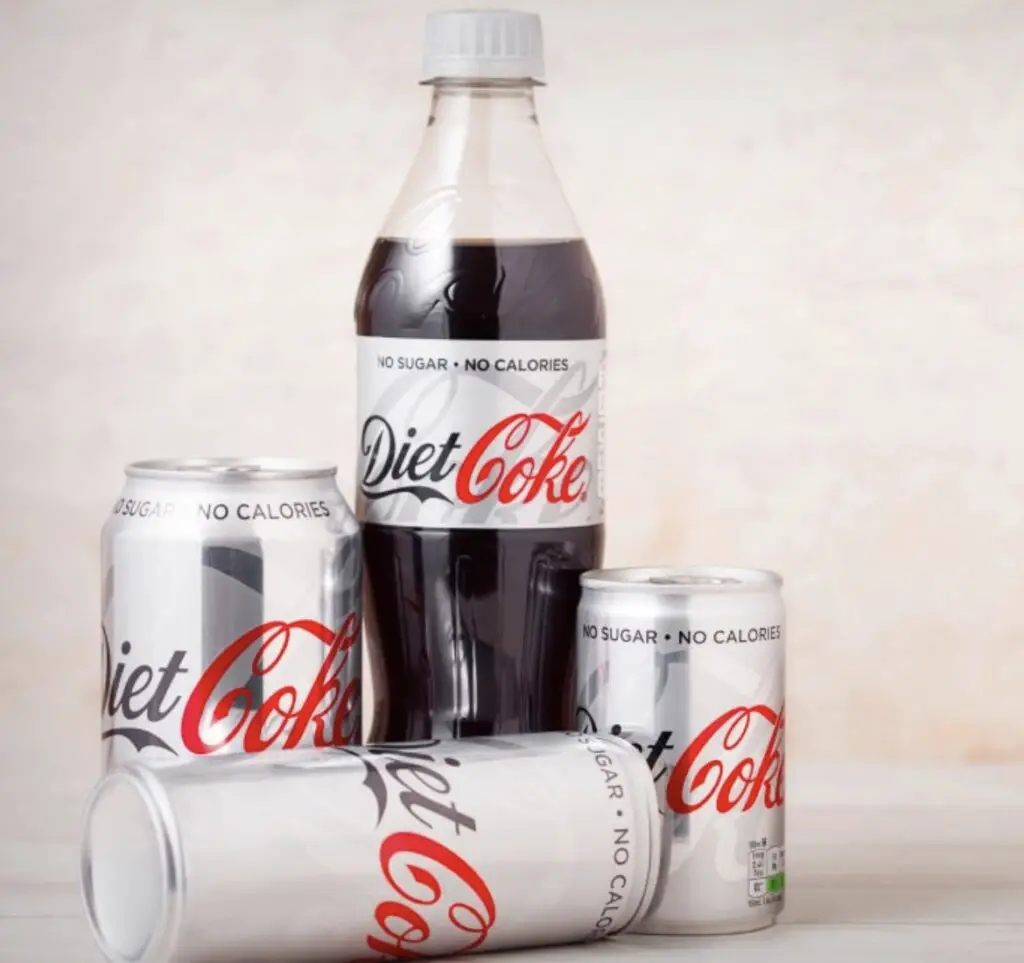
Natural Flavors
The characteristic flavor of Coca-Cola is believed to be derived mainly from vanilla and cinnamon, with minor quantities of essential oils and spices like nutmeg contributing to its unique taste profile.
Citric Acid
What exactly is citric acid, and is it harmful to you? Citric acid is employed to increase acidity, amplify flavor, and help preserve ingredients. Products such as sodas, juices, powdered drinks, candies, frozen foods, and dairy items frequently include manufactured citric acid.
Though citric acid may seem harmless upon further examination, the manufactured citric acid is described by this by the American Chemical Association :
Citric acid is a major industrial chemical, produced at >2 million t/year worldwide. Its main source is not from fruit, but from the fermentation of crude sugars (e.g., molasses and corn starch) by the mold Aspergillus niger. It has a myriad of uses, mostly in foods and pharmaceuticals; these uses include acidifying agent/pH adjustment, antioxidant, flavoring agent, and as metal salts in dietary supplements. In industry and domestic applications, citric acid is a chelating and buffering agent in many cleaning products and a starting material for synthesizing citrate esters, itaconic acid, acetonedicarboxylic acid, and other compounds.
American Chemical Association
When you read this, you drink something also used for cleaning products.
Caffeine
I was awakened to the reality of caffeine. It’s a potent substance: most of the caffeine in soft drinks originates from factories in China. Caffeine extracted naturally is derived from heated coffee beans.
However, most of the caffeine utilized in soft drinks is synthetically produced in Chinese pharmaceutical plants. This synthetic caffeine is created through a chemical synthesis process involving urea as a raw material, which is then combined with various chemicals like methyl chloride and ethyl acetate.
When caffeine is synthetically made, it boasts a much higher concentration and is absorbed more quickly by the body.
Therefore, the caffeine used in Diet Coke is not the natural form found in chocolate or coffee but rather a chemically derived variant.
Upon examining this list of ingredients, it’s clear that Diet Coke predominantly comprises chemical compounds, falling into the category of ultra-processed foods. One reason Diet Coke can be so addictive may lie in its chemical makeup – the components are not natural but a mix of chemicals whose health effects can be ambiguous.
Since we can’t fully ascertain the potential harm of these chemicals, given that they aren’t derived from natural food sources, it’s advisable to minimize their presence in your diet.
You Can Listen To Our Podcast About Unveiling Diet Coke: Beyond The Silver Sheen below or by clicking here.
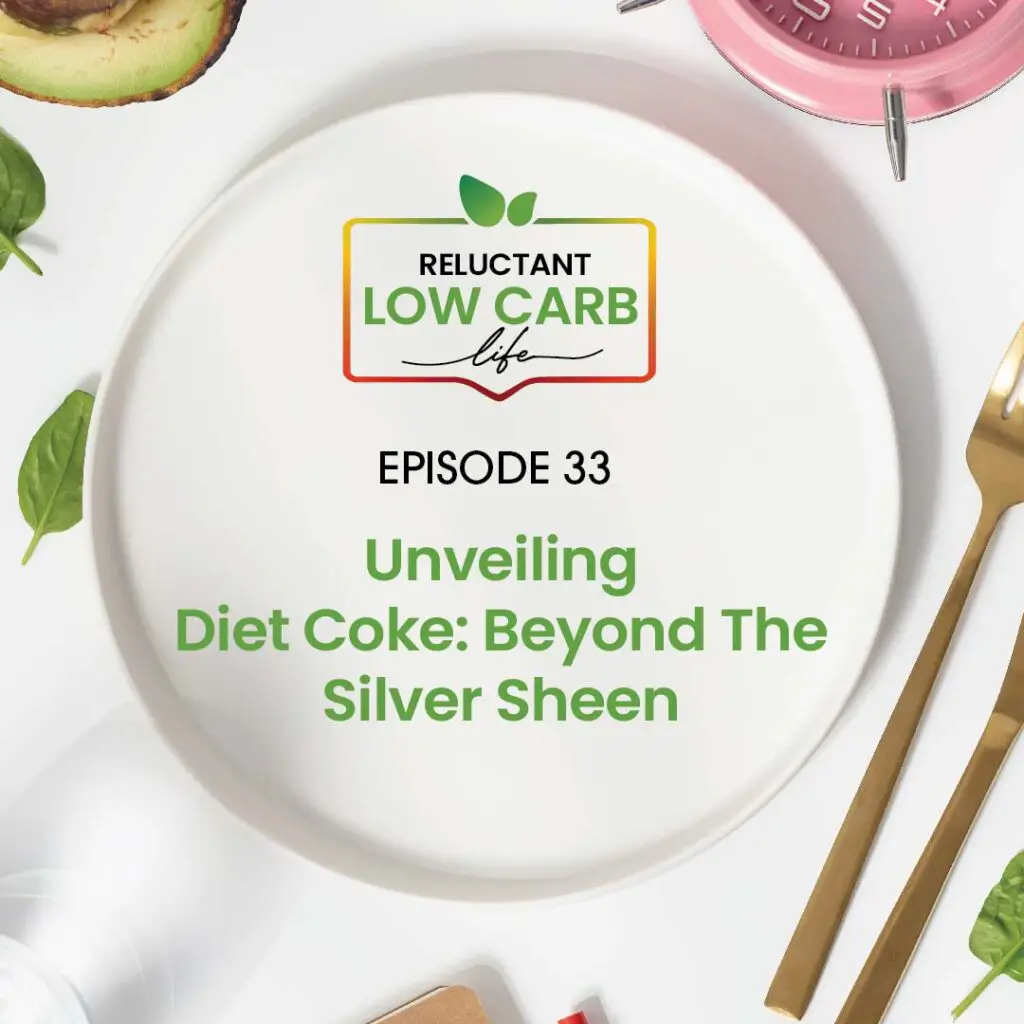
Reluctant Low Carb Life explores all aspects of keto and low-carb lifestyle, fitness, health, wellness, and aging gracefully. At the Reluctant Low Carb Life, we strive to give honest and accurate information to people trying to live the low-carb and keto lifestyle while improving their fitness and health.
We have a free monthly newsletter that is filled with information and helps you remain updated. Subscribe to the Reluctant Low Carb Life newsletter by clicking here.
Listen to our weekly podcast, Reluctant Low Carb Life, on all the major podcast platforms by clicking here.
Follow us on Instagram and Facebook by clicking here.
Related Question
Is A Subscription To Diet Doctor Worth It?
I have been a member of the DietDoctor website for at least a year and a half. I have found that my membership to the DietDoctor website is well worth the cost. They have a vast extensive library of recipes, and I have tried many of them have been very good.
By clicking here, you can read more about Is A Subscription To Diet Doctor Worth It?
Is It Possible To Have A Healthy Lifestyle In The Modern World?
Many of our ancestors lived in a time when it was much easier for them to have a healthy lifestyle as they were not surrounded by as much junk food or bad food. Many could make better lifestyle and food choices than we do today.
You can read more about Is It Possible To Have A Healthy Lifestyle In The Modern World? by clicking here.
Is Walking 7 Miles A Day Good Exercise?
Walking seven miles a day is great exercise. But even if you cannot walk seven miles a day, just getting out to walk has many physical and mental benefits. Studies have shown us how important walking is for not only our overall physical health but also our mental health.
By clicking here, you can read more about Is Walking 7 Miles A Day Good Exercise?
